Impatiens walleriana, commonly called impatiens, is a year-round outdoor blooming perennial in the warm climates of U.S. Undemanding and easy enough for even beginners to grow, impatiens come in an amazing array of sizes and flower colors and forms, one of which is sure to appeal to you. These agreeable plants excel as indoor container specimens as well as mounded plantings as well as in borders, raised beds, window boxes and containers outdoors.
I. Appearance and Characteristics
Impatiens walleriana (syn. Impatiens sultanii), also known as busy Lizzie (British Isles), balsam, sultana, or simply impatiens, is a species of the genus Impatiens, native to eastern Africa from Kenya to Mozambique. The Latin specific epithet walleriana honors a British missionary, Horace Waller (1833–1896).
It is a flowering herbaceous perennial plant growing to 15–60 cm (6–24 in) tall, with broad lanceolate leaves 3–12 cm long and 2–5 cm broad. Leaves are mostly alternate, although they may be opposite near the top of the plant. The changeable, simple leaves are stalked 1.5 to 6 cm long. The leaf blade is ovate to broadly elliptic, sometimes obovate, 2.5 to 13 inches long and 2 to 5.5 inches wide, green and sometimes spotted or pink or reddish on the underside. Leaflets are missing.
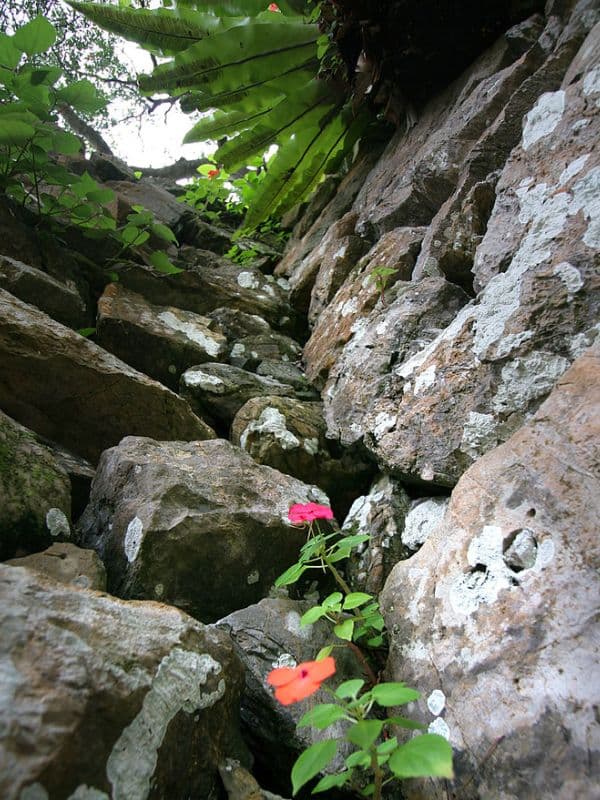
The hermaphroditic, zygomorphic flowers are profusely borne, 2–5 cm diameter, with five petals and a 1 cm spur. The seedpod explodes when ripe in the same manner as other Impatiens species, an evolutionary adaptation for seed dispersal. The lower sepals are slightly boat-shaped and narrow suddenly in the 2.8 to 4.5 inches long, thread-like curved, but not curved back spur. The stems are semi-succulent, and all parts of the plant (leaves, stems, flowers, roots) are soft and easily damaged.
Although perennial in frost-free growing conditions, it is usually treated as a half-hardy annual in temperate regions (though pot-grown plants can be successfully overwintered indoors). It is one of the most popular of all bedding plants for parks and gardens worldwide, typically grown in containers but also in bedding schemes. Propagation is by seed or stem cuttings (which often root readily in water).
| Common name | busy Lizzie, Bizzy Lizzy, Busy Lizzy, Common Impatiens, Garden Impatiens, Impatiens, Patience Plant, Patient Lucy, Sultana, Sultan’s Flower |
|---|---|
| Botanical name | Impatiens walleriana |
| Family | Balsaminaceae, Balsaminaceae |
| Genus | Impatiens |
| Species | walleriana, walleriana |
| Origin | Kenya, Malawi, Mozambique, Tanzania, and Zimbabwe, Kenya, Malawi, Mozambique, Tanzania, and Zimbabwe |
| Life cycle | Annual |
| Plant type | Annual |
| Hardiness zone | 10,11 |
| Sunlight | Dappled Sunlight |
| Maintenance | Low |
| Soil condition | High Organic Matter |
| Soil ph | Neutral |
| Drainage | Well-Drained |
| Growth rate | Fast |
| Spacing | Less than 12 in., Less than 12 in. |
| Harvest time | Fall |
| Flowering period | Fall |
| Height | 6 in. – 2 ft., 6 in. – 2 ft. |
| Width | 6 in. – 2 ft., 6 in. – 2 ft. |
| Flower color | Orange |
| Leaf color | Green |
| Fruit color | Green |
| Stem color | Green |
| Fruit type | Capsule |
| Flower benefit | Long Bloom Season |
| Garden style | Cottage Garden |
| Uses | Coastal |
II. How to Grow and Care
Sunlight
Old-fashioned impatiens (I. walleriana) do best in full shade, dappled sunlight, or morning sun and afternoon shade. In deep shade, they can grow lanky and bloom less.
For nonstop color in a sunny or partly sunny garden, try the New Guinea hybrids that tolerate bright light. New Guinea impatiens may still need some protection from the sun during the hottest hours of the day. Without frequent watering, full-sun exposure can fry the margins of leaves and cause buds to drop.
SunPatiens hybrids are the most tolerant of full sun and hang onto their flowers and foliage on the hottest days. They also do well in part sun, but in full shade, they will flower less.
Temperature And Humidity
Impatiens are quite tolerant of humidity and high temperatures but do not like to dry out. Expect to water more frequently when temperatures climb into the 90s or when the weather is hot and dry.
Impatiens don’t tolerate cold weather and will wilt and die once frost arrives. Don’t plant impatiens outdoors until after the last frost of spring; it’s best to wait until nighttime temperatures remain at 50ºF or higher.
Watering

Busy lizzie is a thirsty plant that needs plenty of water. A good guideline is to ensure that the undersoil is always kept moist. Waterlogging, however, can harm the plant, so a well-drained pot is necessary when growing in containers. In hot weather the leaves can be sprayed to prevent wilting, but try not to spray the flowers.
Soil
Impatiens grow best in moist, rich, slightly acidic, well-drained soil, such as high-quality potting soil. If you are planting in the ground, amend the soil to improve drainage and enrich the soil. This is especially important with heavy clay soil. A thin layer of compost will help provide plants in the landscape with a good start. You can also lightly mulch around plants to help retain moisture, but don’t pile the mulch up against the stems.
Fertilizing
Busy lizzie is very sensitive to fertilizer, so care should be taken not to overfertilize. Using a good all-purpose, low-dose liquid fertilizer once every couple of weeks during the spring and summer growing season is adequate.
Planting Instructions
When to plant:
Set out transplants in early spring or sow seed indoors 8 to 10 weeks before your last frost date. They are very sensitive to cold temperatures, so be sure the threat of frost has passed and the soil has warmed up before planting impatiens in the ground.
Where to plant:
In fertile, well-draining soil enriched with organic matter. Plant I. walleriana in light to medium shade, keeping them out of direct sunlight. New Guinea impatiens will tolerate more sun if you keep their roots moist.
Plant spacing:
Closer spacing will encourage taller growth, while more distance between plants encourages them to spread out and fill in the gaps. Plant further apart if used as a ground cover.
Planting in containers:
Use a general-purpose, well-draining potting soil; one with a slow-release fertilizer will keep your plants well get them off to a good start. If combining impatiens with other annuals or perennials, choose varieties with the same exposure and watering requirements.
Pruning
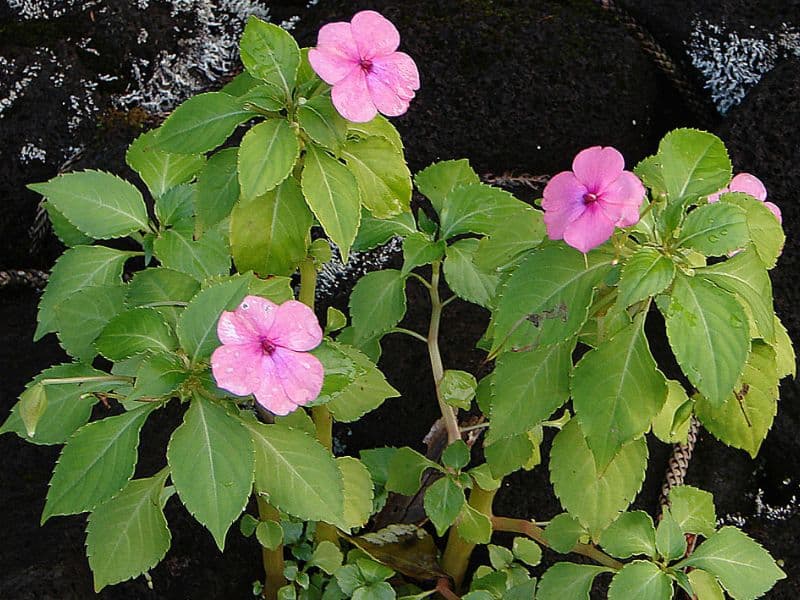
Impatiens can become leggy in late summer, especially in deep shade. To promote bushier growth and more flowers, trim off the top 1/3 of the plant. This approach can also be used with impatiens that begin to shade out their neighbors—’Vigorous’ SunPatiens can sometimes reach as much as 3 feet tall.
Propagation
Impatiens will readily self-seed themselves, even in colder climates, though it might take most of the following year’s growing season before the seeds produce flowering plants. For this reason, it is easier to propagate impatiens from cuttings taken in the fall. Here’s how to propagate impatiens with cuttings:
- Using a sterile, sharp cutting tool, clip a plant shoot four to six inches long, with ample leaves. Pinch off the bottom sets of leaves as well as any flowers or seed pods.
- Suspend the cutting in water and place it in a bright area but out of direct sunlight. Replace the water frequently (every few days) as it becomes cloudy.
- When a good network of roots has developed, plant the cutting in potting soil or a mixture of soil and vermiculite or perlite. Continue to grow them in a bright area out of direct sunlight. Keep the potting soil consistently moist.
- Harden off the plants to gradually introduce them to sunlight before planting them outdoors.
- Plant into the garden or in outdoor containers after the last frost date in spring.
How to Grow from Seed
Impatiens take their name from the Latin, impatiens, meaning impatient. They are so-called because their ripe seed pods will sometimes burst open from even a light touch (as if they were impatient to open).
Some gardeners also collect seeds from the pods that the plants produce in late summer and fall and then start the seeds indoors in a seed-starting mix in later winter, six to ten weeks before the last frost. When impatiens are planted from seed, it can take several months for them to mature into flowering plants.
Here’s how to plant impatiens from seed:
- Fill small pots or cell packs with moistened seed-starter mix or potting soil.
- Place one or two seeds in each pot or cell about 1/2 inch deep and cover with mix.
- To maintain moisture, cover the pots or cell packs with a piece of plastic or glass to create a mini greenhouse.
- Place the seeds in a warm location out of direct sunlight. The growing medium temperature should be between 70 to 75 degrees Fahrenheit.
- Remove the plastic or glass covering once germination takes place, which should occur in 14 to 21 days.
- Place the young seedlings in a sunny, south-facing window or under fluorescent lights. Position lights about four inches above the seedlings for 12 to 16 hours each day.
- Fertilize every other week with a quarter strength water-soluble fertilizer.
- When the seedlings are a few inches tall, harden them off to gradually expose them to sunlight before planting them outdoors. Do not plant them outdoors until after the danger of frost has passed.
Potting And Repotting
Impatiens make excellent container plants. Placed in pots, their bright colors can add cheer and a tropical flair to an entrance, deck, or patio. If you set out white impatiens around these high-traffic areas, at night their flowers will glow like little stars. Plant impatiens in high-quality potting soil in a container with good drainage. You can place a saucer underneath to conserve moisture in dryer weather.
Small transplants can take a while to fill a pot, especially during cooler weather. By the end of summer, the mounded plants grow bushy and can reach 18-24 inches wide. You can pack three to five small plants into a large container about six inches apart, and then choose to separate them once they grow larger. You can also pot impatiens with other plants for contrasting foliage or color, but keep in mind that impatiens soak up a lot of water.
Overwintering

If you don’t live in a frost-free area, impatiens can be brought inside for the winter. Impatiens that are not already growing in a container can be dug from the garden and placed in high-quality potting soil. Cut the plants back 1/3 to 1/2 when you do so.
If the plant is not already growing in a shady spot, move it to a protected area such as a porch first to acclimate the plant to dimmer light. Then place in bright light indoors (direct morning light is desirable) and water only when the top inch of soil is dry. Do not fertilize plants over the winter. Once night-time temperatures have warmed, place the pot in a shady spot outdoors for an hour and gradually increase exposure to outdoor temperatures and light.
Pests and Diseases
Common Pests & Plant Diseases
Especially with the new disease-resistant varieties, impatiens can be fairly carefree plants. Here are some of the common problems and pests gardeners may face with impatiens:
- Downy mildew: This fungus causes whitish-gray patches on leaves of old-fashioned impatiens, but fortunately is less of a problem today. The fuzzy patches begin on the underside of leaves, and leaves begin to curl and die. The best recourse is to remove and destroy any infected plants.
- Powdery mildew: Tops of leaves are dusted with white or gray fungus. Remove infected leaves, improve spacing and airflow, and spray the plant with a fungicide for powdery mildew.
- Stem or root rots: Various fungi can infect stems or roots of plants. The base of stems may turn brown and leaves begin to yellow, usually in cool, wet soil with poor drainage. Plants become stunted. Remove and destroy plants.
- Bacterial leaf spot: Various bacteria cause small, reddish-brown spots on leaves. Stems may turn brown and rot. Remove infected plant parts (in some cases, pulling the whole plant may be necessary). Avoid overwatering or watering leaves. Spray with a copper fungicide.
- Aphids: Soft-bodied insects pierce leaves and leave a sticky residue behind. Remove them with a stream of water and spray plants with insecticidal soap.
- Mites: Cyclamen mites are practically microscopic, but can distort foliage by sucking juice from leaves and stems. Plants often have to be removed and destroyed. Tiny spider mites will leave small dots on foliage and can often be detected from webbing on the plant. Spray plants with a strong stream of water every day or two to control the infestation.
Common Problems
Impatiens have a few common problems that are not caused by pests or disease. Here’s what to do if you have these issues:
Yellow Leaves
Yellow leaves can be a sign of excess water, especially in poorly drained soil or after heavy rainfall. Empty any saucers under potted plants. Only water when the top inch of soil is dry.
Browning Leaves (Sunscald)
The margins of leaves can turn crisp when they dry out, especially in full sun. Provide protection from afternoon sun if needed. Water to keep moist, but not soggy.
Wilting Plant
The entire plant will wilt if in distress from lack of water, but your impatiens should recover if you catch it in time. Give your impatiens a good drink—potted plants may benefit from a saucer to provide an extra reservoir of water.
III. Uses and Benefits

- Artistic Value
There are many Chinese poems and historical documents recording the beauty of impatiens.
- Ornamental uses
A popular bedding plant, the busy lizzie is cherished for its wide variety of bicolored and double flowers. It grows very well in shade and cottage gardens. An old-fashioned yet classic pairing is with Azaleas, however other companion plants such as Daphne, Boxwood, Holly, and Camellia do well with the busy lizzie as well.
Find Where to Buy the Best Busy Lizzie (Impatiens walleriana)



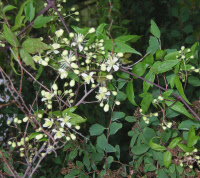
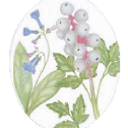







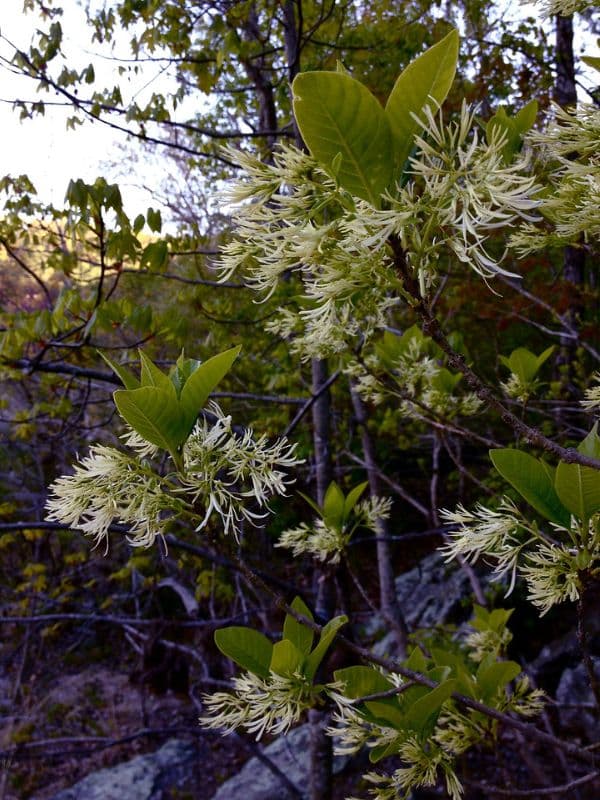
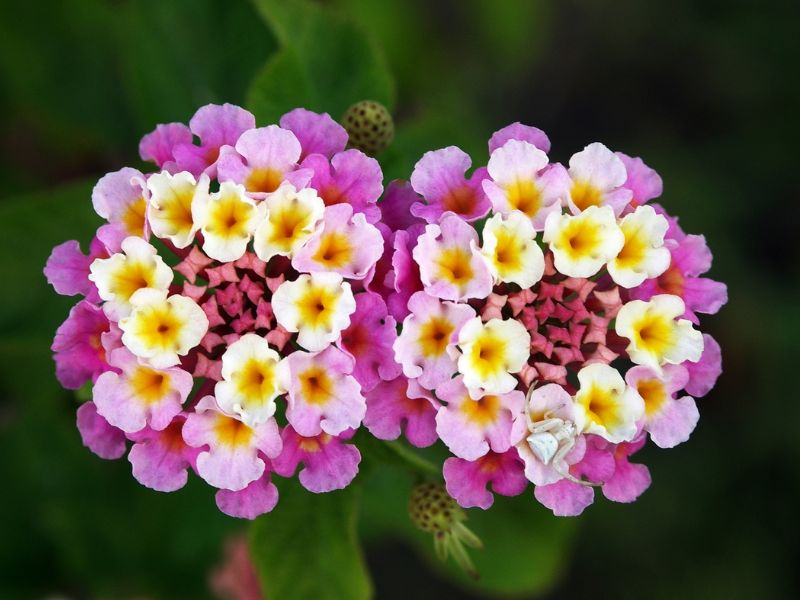
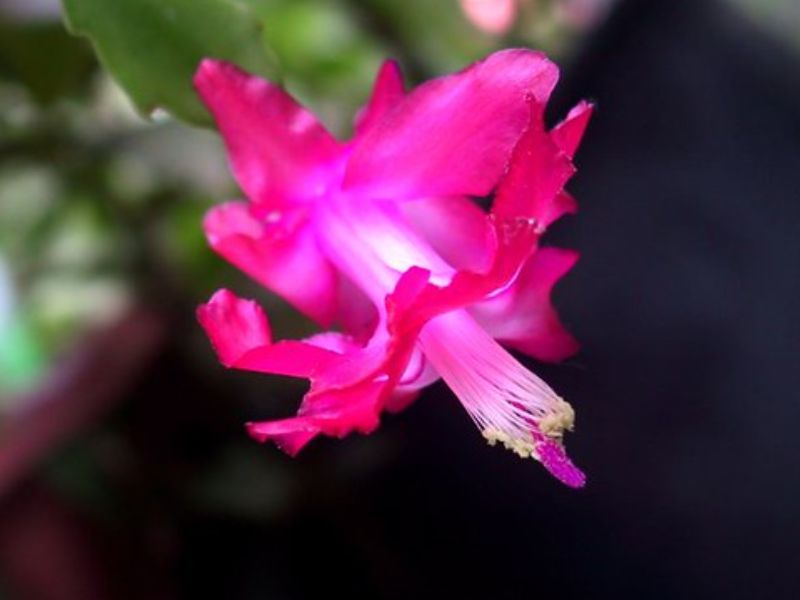

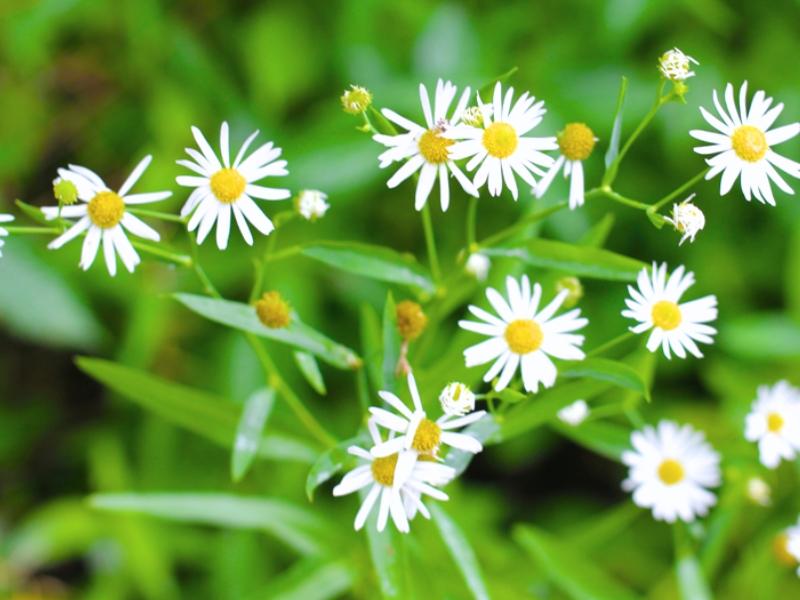
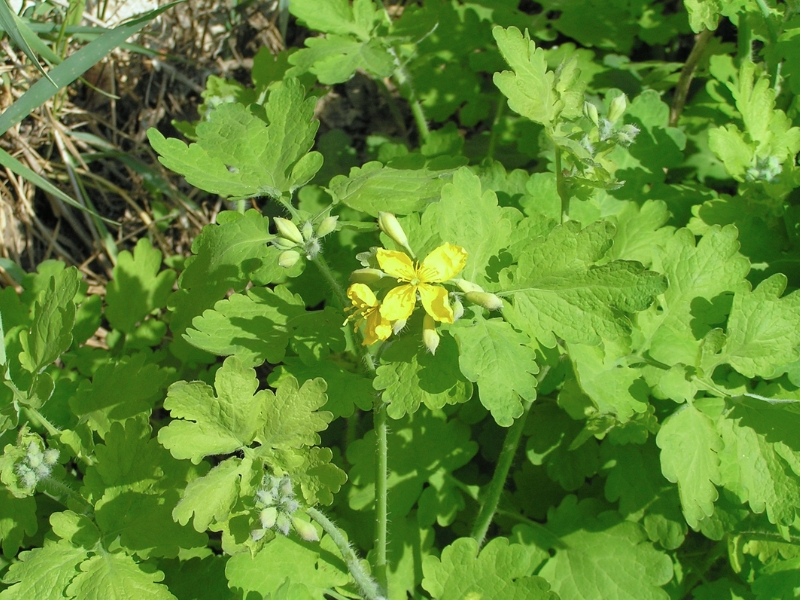
Leave a Reply